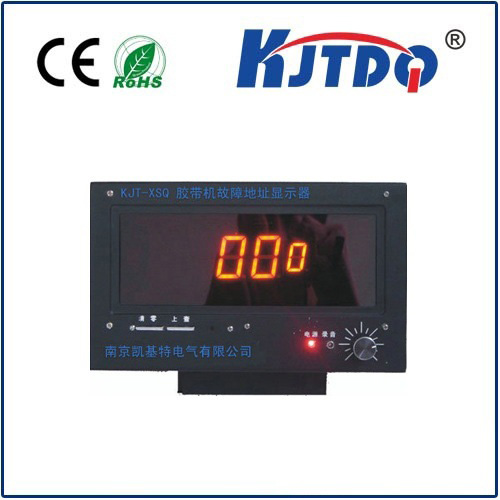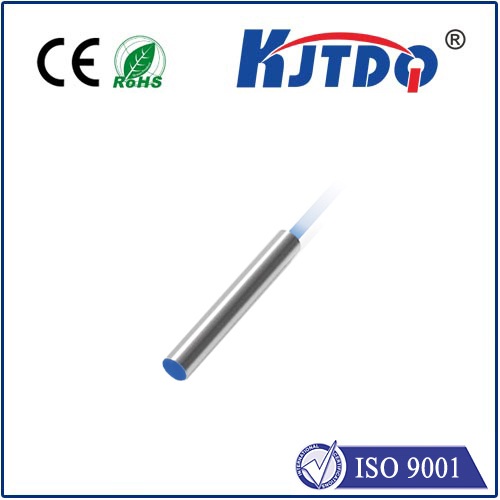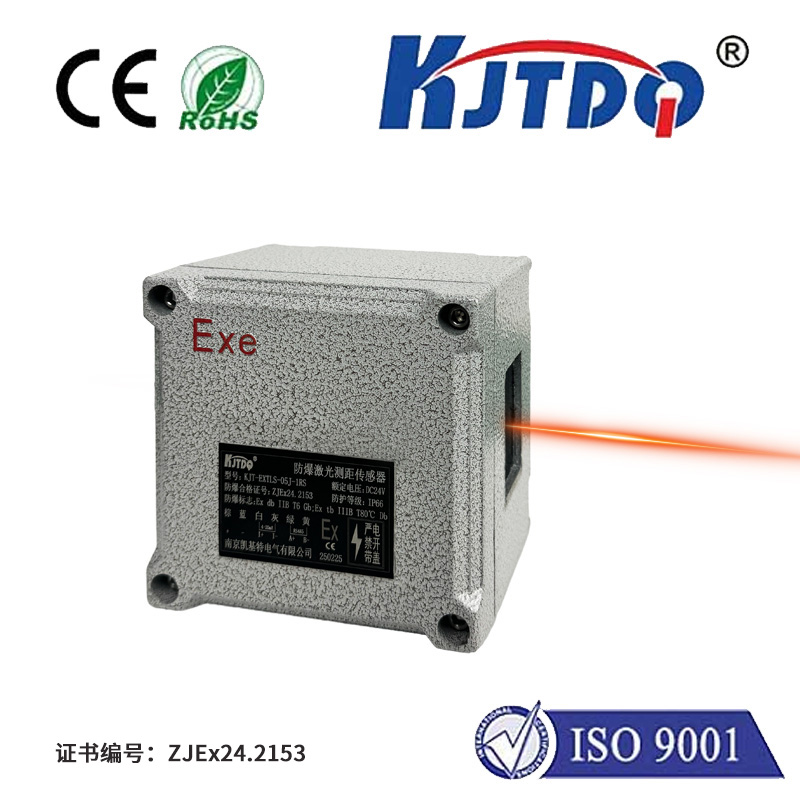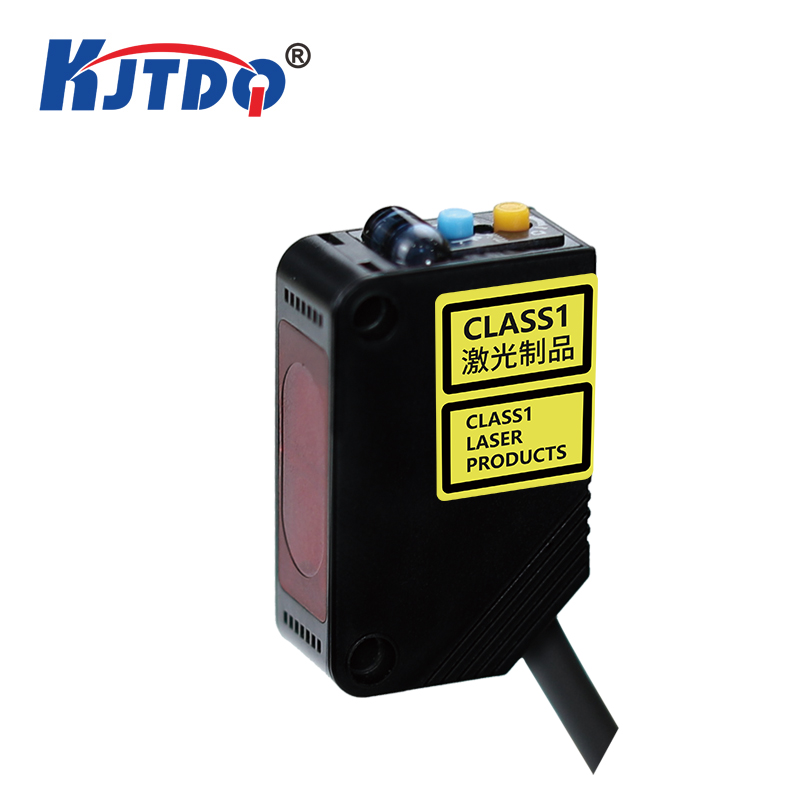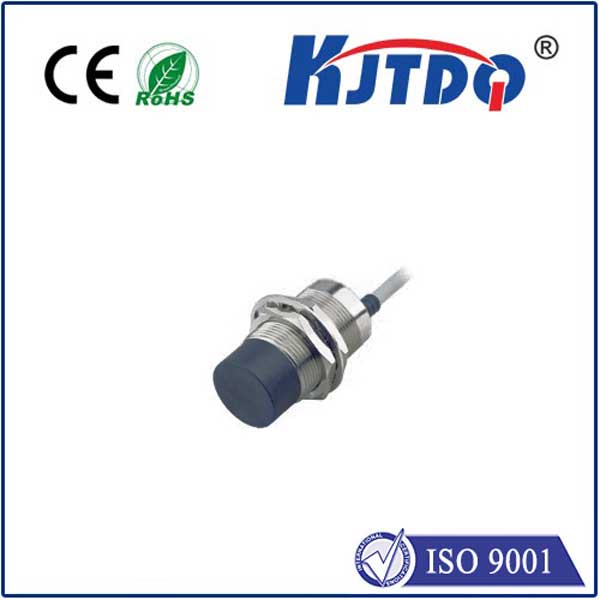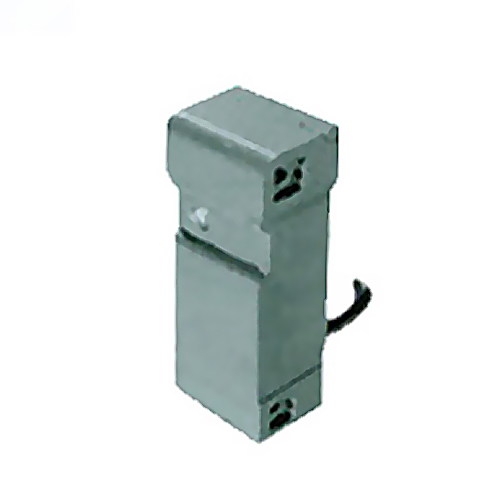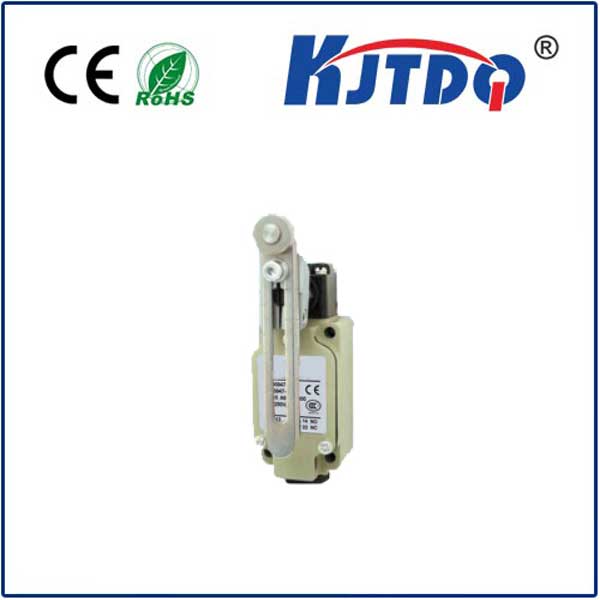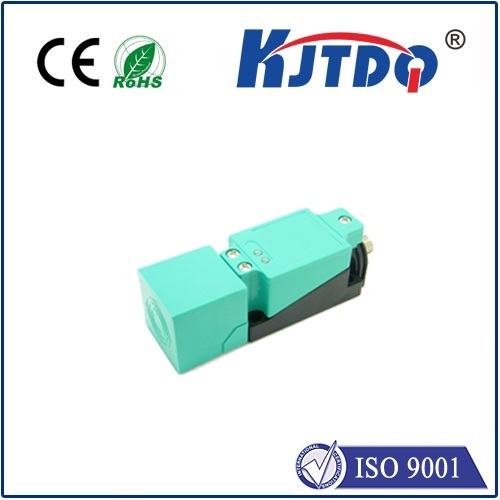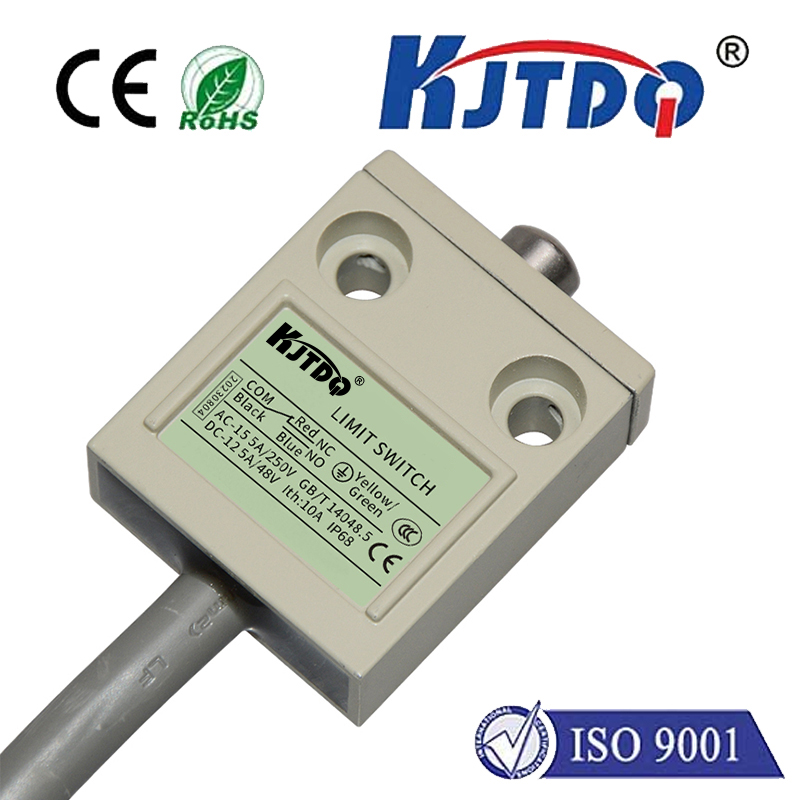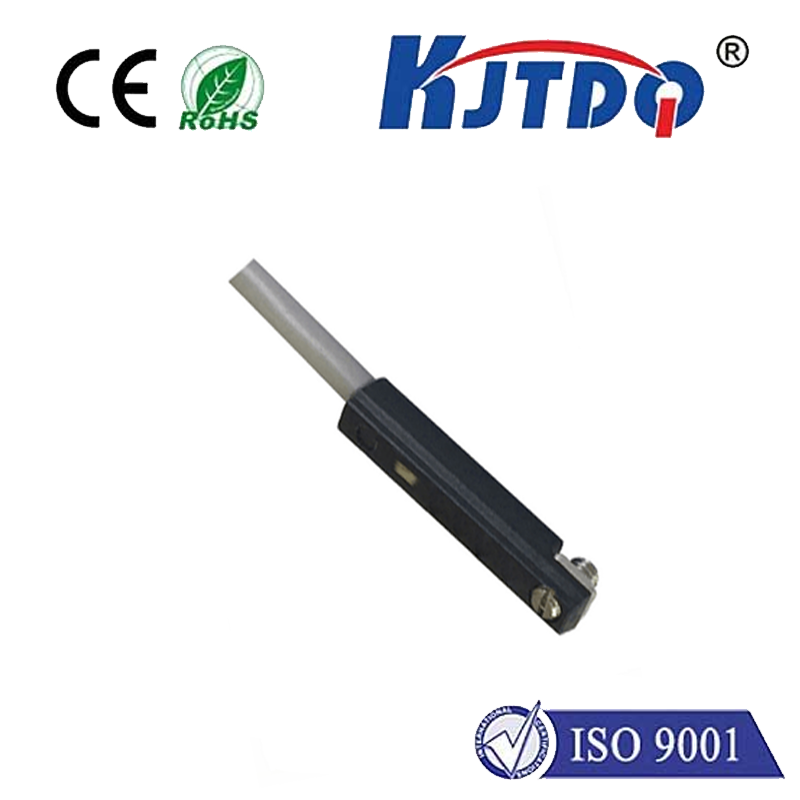photodioda sensor
- time:2025-08-24 04:26:23
- Нажмите:0
Photodiode Sensors: The Silent Light Converters Powering Our World
Look at your smartphone screen adjusting brightness, your optical mouse tracking movement, or the safety beam guarding industrial machinery. Each relies on a critical, often unseen component: the photodiode sensor. These remarkable semiconductor devices form the backbone of light detection in countless applications, silently transforming photons into measurable electrical signals. Understanding how they work and where they excel is key to appreciating their ubiquitous presence in modern technology.
The Fundamental Photodiode: Light to Current
At its core, a photodiode is a specialized PN junction diode optimized for light detection. While normal diodes block reverse current, photodiodes exploit a crucial phenomenon: the photovoltaic effect. When photons (light particles) possessing sufficient energy strike the semiconductor material within the diode’s depletion region, they can liberate electrons, creating electron-hole pairs.
Operating typically in reverse bias mode, a photodiode sensor exhibits fascinating behavior. In darkness, only a tiny reverse saturation current (often called dark current) flows. However, when illuminated, the absorbed photons generate additional charge carriers (electrons and holes). The built-in electric field in the depletion region swiftly sweeps these carriers apart:
- Electrons accelerate towards the positive terminal (anode).
- Holes accelerate towards the negative terminal (cathode).
This directed movement of charge constitutes a measurable photocurrent. Crucially, the magnitude of this photocurrent is directly proportional to the intensity of the incident light striking the photodiode sensor. This linear relationship is fundamental to their use as quantitative light detectors.

Key Types and Characteristics: Choosing the Right Sensor
Not all light-sensing tasks are equal, leading to the development of several photodiode variants:
- PN Photodiodes: The simplest form, offering good response time and low cost. Common in basic light detection, encoders, and some consumer electronics.
- PIN Photodiodes: Feature an intrinsic (i) semiconductor layer sandwiched between the P and N layers. This wider depletion region offers significant advantages:
- Higher responsivity (more current output per unit light power).
- Faster response times due to reduced junction capacitance.
- Broader spectral response range (can detect more wavelengths). Widely used in fiber optic communications, medical instrumentation, and spectrophotometry.
- Avalanche Photodiodes (APDs): Operated under very high reverse bias, near their breakdown voltage. Here, a single photogenerated carrier can trigger an avalanche effect through impact ionization, creating a cascade of secondary carriers. This results in substantial internal gain (often 10-1000x), significantly amplifying the photocurrent.
- Ideal for detecting very low light levels, crucial in applications like LIDAR, low-light imaging, and single-photon detection (using specialized versions like SPADs - Single Photon Avalanche Diodes).
- Require precise temperature control and bias voltage regulation.
Critical Performance Metrics for Photodiode Sensors
Evaluating a photodiode sensor requires understanding these key parameters:
- Responsivity ®: Measured in Amperes per Watt (A/W), it defines how much electrical current is generated per unit of optical power. Varies with wavelength.
- Quantum Efficiency (QE): The percentage of incident photons that generate an electron-hole pair contributing to the photocurrent. Ideally approaches 100%.
- Dark Current (I_d): The unwanted reverse current flowing in the absence of light. Lower is better, especially for low-light detection. Increases with temperature.
- Noise Equivalent Power (NEP): The optical power level that produces a signal equal to the sensor’s noise. Lower NEP indicates higher sensitivity to faint light.
- Spectral Response Range: The wavelengths of light the sensor can detect effectively (e.g., visible, near-infrared, UV).
- Response Time / Bandwidth: How quickly the photodiode can respond to changes in light intensity. Critical for high-speed data communication and pulsed light detection.
| Key Photodiode Sensor Parameters |
Definition |
Impact on Performance |
Typical Range/Units |
| Responsivity ® |
Current output per light power |
Signal strength |
0.1 - 1.0 A/W (varies by type/wavelength) |
| Quantum Efficiency (QE) |
Photon-to-electron conversion ratio |
Fundamental efficiency |
30% - 95% |
| Dark Current (I_d) |
Current flow in darkness |
Detection limit; noise source |
nA to µA (lower is better) |
| Время отклика |
Speed of signal reaction |
High-speed capability |
ns to µs range |
| Spectral Range |
Detectable light wavelengths |
Application suitability |
UV - Visible - NIR |
| Noise Equivalent Power (NEP) |
Signal = noise power level |
Low-light sensitivity |
fW/√Hz to pW/√Hz |
Photodiode Sensor vs. Phototransistor: A Common Dilemma
Both convert light into electrical signals, but they differ significantly:
- Photodiode Sensor:
- Faster response time (nanoseconds to microseconds).
- Wider linear dynamic range (output proportional to light intensity over a wide span).
- Lower dark current (better for precision).
- Requires external amplification circuitry.
- Phototransistor:
- Offers inherent gain due to transistor structure (higher output current for same light).
- Simpler to use (often needs just a resistor).
- Slower response (microseconds to milliseconds).
- Less linear, greater temperature dependence.
Choose a photodiode sensor when speed, linearity, or low-light precision is critical. Opt for a phototransistor where moderate speed and higher output current are sufficient.
Ubiquitous Applications: Where Light Detection Matters
The unique blend of characteristics makes photodiode sensors indispensable across industries:
- Optical Communications: PIN photodiodes are the workhorses receiving signals in fiber optic links for high-speed internet and telecom networks. APDs extend reach for long-haul communications.
- Consumer Electronics: Automatic brightness control in smartphones/tablets, proximity sensors (detecting when you lift your phone to your ear), optical encoders in mice/trackballs, remote control receivers, DVD/Blu-ray players.
- Medical & Analytical Instrumentation: Blood oximeters (measuring oxygen saturation), spectroscopy equipment (analyzing material composition by light absorption/emission), laser power meters, analytical chemistry detectors. Their precision is vital.
- Industrial Automation & Safety: Object detection on assembly lines, barcode scanners, position sensing, safety curtains and light barriers protecting personnel around machinery. Pinpoints objects with reliability.
- Automotive: Key components in LIDAR (Light Detection and Ranging) systems for autonomous driving and ADAS, rain/light sensors for automatic wipers/headlights, infotainment controls. APDs in LIDAR enable crucial distance measurement.
- Scientific Research: Particle detection, fluorescence measurement, astronomy (detecting faint starlight), environmental monitoring.
The Unseen Enabler
From the mundane to the cutting-edge, phot

